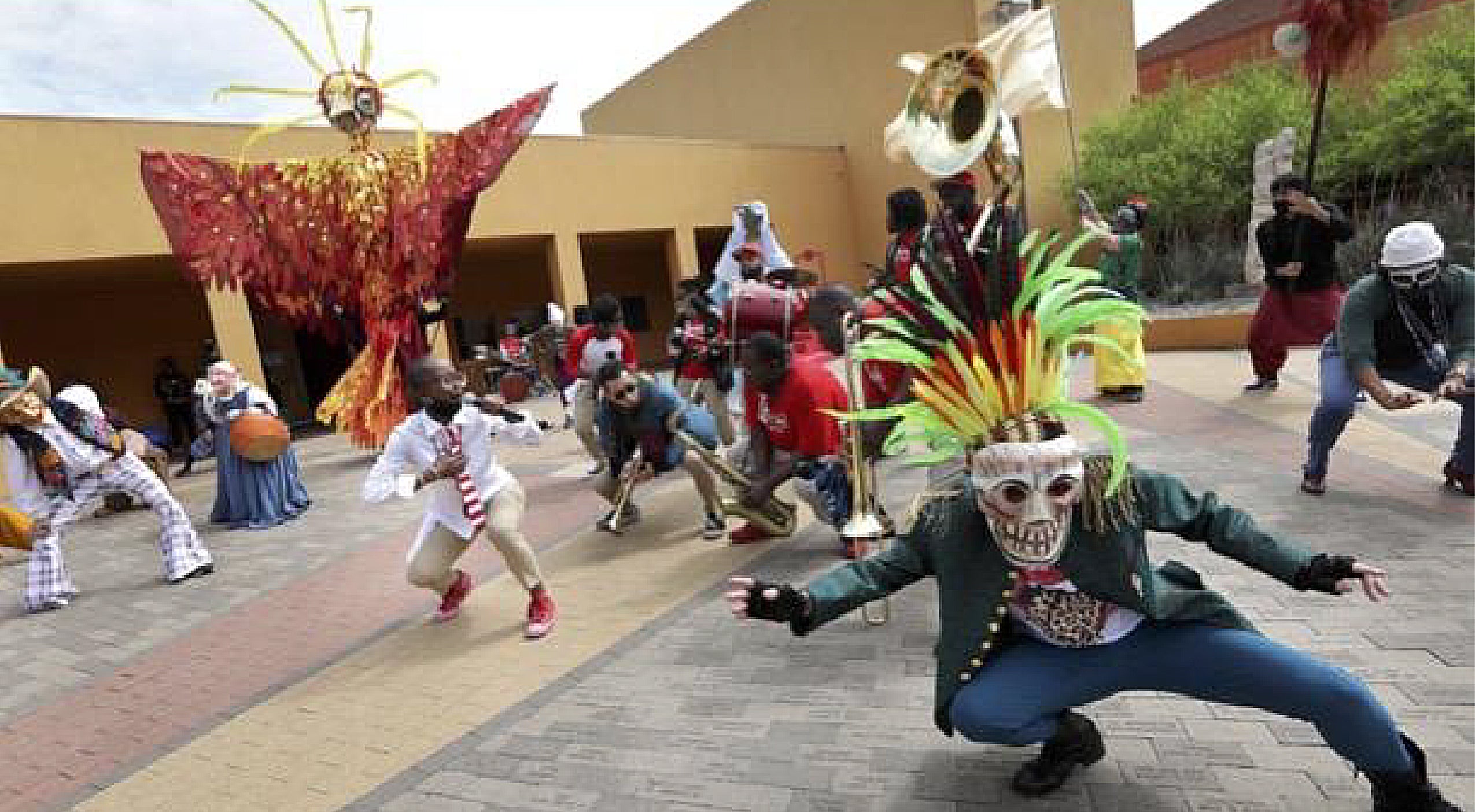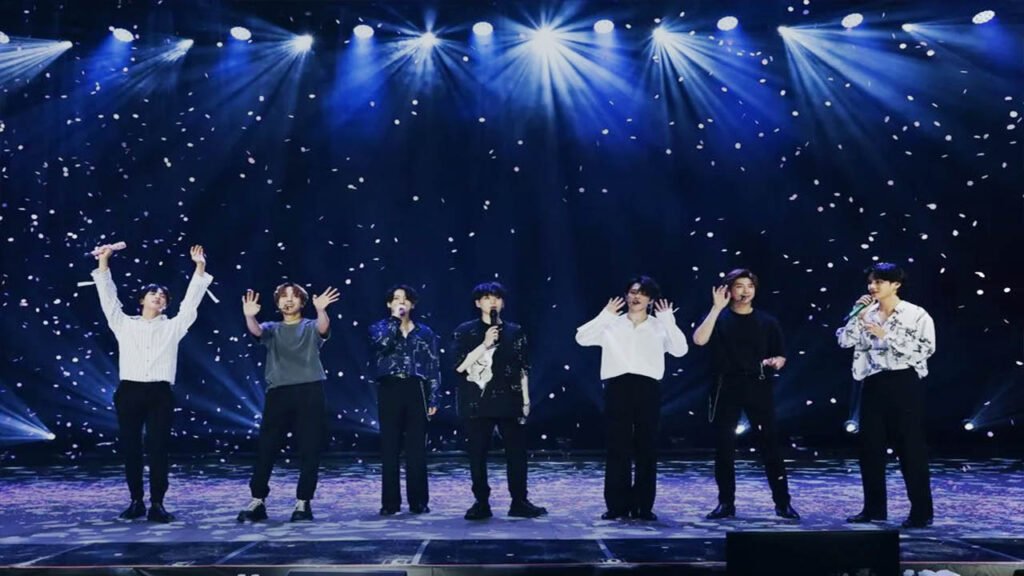Have you ever wondered about the financial side of the music industry? One burning question is how much does an artist really make per concert. The glamorous image of packed venues and roaring applause often overshadows the nitty-gritty details of an artist’s earnings. In this blog, we will delve into the fascinating world of concert economics to uncover the truth behind artist paychecks. From ticket sales to merchandise revenue, we will explore the various revenue streams that contribute to an artist’s overall earnings. So, buckle up as we lift the curtain on the mystery surrounding artist income and discover the real numbers behind each live performance.
Introduction: Exploring the World of Artist Earnings
As music enthusiasts flock to concert venues worldwide, a lingering question remains – how much does an artist make per concert? This financial aspect of the music industry often captivates both fans and aspiring musicians.
The Dynamics of Artist Earnings
Understanding the intricate web of factors influencing artist earnings per concert can shed light on the financial realm of the music industry. From ticket sales and venue capacity to merchandise sales and streaming revenue, various streams contribute to an artist’s income.
- Ticket Sales: The primary source of revenue for artists during concerts.
- Merchandise Sales: An additional income stream through the sale of branded items like t-shirts, posters, and albums.
- Streaming Revenue: In the digital age, artists earn from online music platforms based on the number of streams.
Current Trends and Insights
Exploring the latest data and trends in artist earnings can provide valuable insights into the evolving landscape of the music industry. As of 2021, artists have been exploring innovative avenues such as virtual concerts and live streams to generate income amidst the global pandemic.

Understanding Concert Revenue Streams
When it comes to determining how much an artist makes per concert, understanding the various revenue streams is essential. Concert revenue can be generated through multiple avenues, providing artists with different sources of income.
Ticket Sales
One of the primary revenue streams for artists during concerts is ticket sales. The ticket prices, venue capacity, and overall demand for the artist’s performance all contribute to the revenue generated from ticket sales.
Ticket sales can vary greatly based on factors such as the artist’s popularity, location of the concert, and seating arrangements. Artists often receive a percentage of the ticket sales as part of their compensation.
Merchandise Sales
Another significant revenue stream for artists is merchandise sales. This includes items such as t-shirts, posters, albums, and other memorabilia that fans can purchase at the concert venue.
Merchandise sales not only provide additional income for artists but also serve as a way for fans to support their favorite artists and take home a piece of the concert experience.
Sponsorship and Endorsements
In addition to ticket and merchandise sales, artists may also generate revenue through sponsorship deals and endorsements. Brands often partner with artists to promote their products or services during concerts, allowing artists to earn additional income.
These partnerships can be lucrative for artists and provide them with opportunities to expand their reach and connect with a wider audience.

Factors Influencing an Artist’s Earnings Per Concert
When it comes to determining how much does an artist make per concert, several factors come into play. One of the main influencers is the artist’s popularity and demand in the market. A renowned artist with a large fan base can command higher fees for their performances compared to lesser-known artists.
Popularity and Demand
The popularity and demand for an artist play a significant role in determining their earnings per concert. Artists with a strong following often have the leverage to negotiate higher performance fees.
Additionally, factors such as recent hit songs, awards, and social media presence can also impact an artist’s popularity and demand, ultimately affecting their earnings.
Venue Capacity and Ticket Prices
The capacity of the concert venue and the ticket prices set for the event can influence an artist’s earnings. Larger venues with higher ticket prices can lead to higher overall revenue for the artist.
Moreover, sold-out concerts and premium seating options can further boost an artist’s earnings per show.
The Role of Ticket Sales and Pricing
When it comes to determining how much an artist makes per concert, ticket sales and pricing play a crucial role. The revenue generated from ticket sales forms a significant portion of an artist’s earnings. Pricing strategy, market demand, and venue capacity all influence the final income per show.
Factors Affecting Ticket Sales
Competition: The level of competition from other events happening simultaneously can impact ticket sales.
Artist Popularity: Established artists with a strong fan base tend to sell more tickets, commanding higher prices.
Marketing Efforts: Effective marketing campaigns and promotions can drive ticket sales and increase revenue.
Genre and Audience: The genre of music and the target audience demographics also influence ticket sales.
Setting Ticket Prices Strategically
Pricing Strategy: Understanding market dynamics and setting competitive yet profitable ticket prices is crucial for maximizing revenue.
- Dynamic Pricing: Adjusting ticket prices based on demand and other external factors can optimize revenue.
- Bundle Deals: Offering bundled tickets or packages can attract more buyers and increase overall sales.
Merchandise Sales and Additional Revenue Channels
When it comes to maximizing revenue from a concert, artists often turn to merchandise sales as a significant source of income. Selling branded merchandise like t-shirts, hats, posters, and other items can generate substantial additional revenue. Fans love to purchase memorabilia to commemorate the concert experience and show support for their favorite artists.
Merchandise Options
Offering a diverse range of merchandise options can appeal to a wider audience. From clothing to accessories to collectibles, having a variety of items allows fans to find something that resonates with them. Creating limited edition items can also drive up demand and create a sense of exclusivity.
Online Stores and E-commerce
Setting up an online store on the artist’s website or using e-commerce platforms can extend merchandise sales beyond the concert venue. This provides fans who couldn’t attend the concert with an opportunity to purchase items and increases accessibility. Utilizing social media and targeted marketing can help promote online merchandise sales.
Insights into Artist Expenses and Overheads
When exploring how much an artist makes per concert, it’s essential to consider the expenses and overheads they incur. Apart from the revenue generated, artists face various costs associated with their performances that impact their overall earnings significantly.
Breakdown of Artist Expenses
Artists have to cover a range of expenses, including travel costs, accommodation, equipment rental, marketing, and crew payments. These expenses can quickly add up, particularly for larger productions.
Overheads and Administrative Costs
Additionally, artists bear overhead costs such as studio rent, instrument upkeep, insurance, and administrative expenses. These costs are crucial for maintaining their professional standards and ensuring a successful career.
Case Studies and Real-World Examples
Understanding how much does an artist make per concert involves analyzing various case studies and real-world examples. In the music industry, artists’ earnings can vary significantly based on factors like venue size, ticket prices, merchandise sales, and streaming revenue.
Case Study: Independent Artist Gig Earnings
In 2021, an independent artist performing at small to medium-sized venues reported earning an average of $500 to $2,000 per concert. These earnings were primarily from ticket sales and merchandise, with streaming royalties contributing a smaller portion.
This case study highlights the importance of diversifying revenue streams for artists to maximize their earnings per concert. Consistency is key in building a sustainable income in the music industry.
Real-World Example: Major Touring Artist Income Breakdown
For established touring artists with a large fan base, the earnings per concert can range from $50,000 to over $1 million. These figures include revenue sources such as ticket sales, VIP packages, sponsorships, and licensing deals.
It’s essential for artists to leverage their brand and fan base to negotiate favorable contracts and partnerships that can significantly boost their per-concert earnings.
Frequently Asked Questions
- How much does an artist typically make per concert?
- The amount an artist makes per concert can vary widely depending on factors such as their level of fame, the size of the venue, ticket sales, and whether they have a share of other revenue streams like merchandise sales or sponsorship deals.
- Do all artists earn the same amount per concert?
- No, artists do not earn the same amount per concert. Established and popular artists generally command higher performance fees compared to up-and-coming artists.
- What are some additional revenue sources for artists beyond concert earnings?
- In addition to concert earnings, artists can also generate income through music sales, streaming royalties, merchandise sales, endorsements, and licensing deals.
- How do artists negotiate their fees for a concert?
- Artists negotiate their fees for concerts through their management, booking agents, or directly with event organizers. Factors such as the artist’s popularity, demand, and the event’s budget play a role in fee negotiations.
- Are there any expenses artists have to cover from their concert earnings?
- Yes, artists often have to cover expenses such as travel costs, accommodation, crew payment, equipment rental, and other production-related expenses from their concert earnings.
Unlocking the Mystery: How Much Does an Artist Really Make Per Concert
After delving into the intricate world of artist earnings per concert, one thing is clear – the amount an artist makes per show is a complex interplay of various factors. From ticket sales and venue capacity to production costs and artist popularity, the financial landscape of the music industry is multifaceted.
Despite the variability, one can generally conclude that established artists with loyal fan bases can command higher paychecks compared to emerging talents. By understanding the nuances of artist earnings, both aspiring musicians and avid fans can gain insight into the financial side of live performances.
Next time you attend a concert, take a moment to appreciate the hard work and dedication that goes into each performance, knowing that behind the music lies a captivating mix of artistry and economics.




